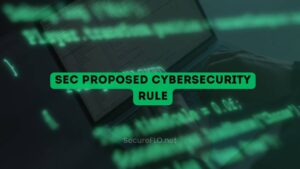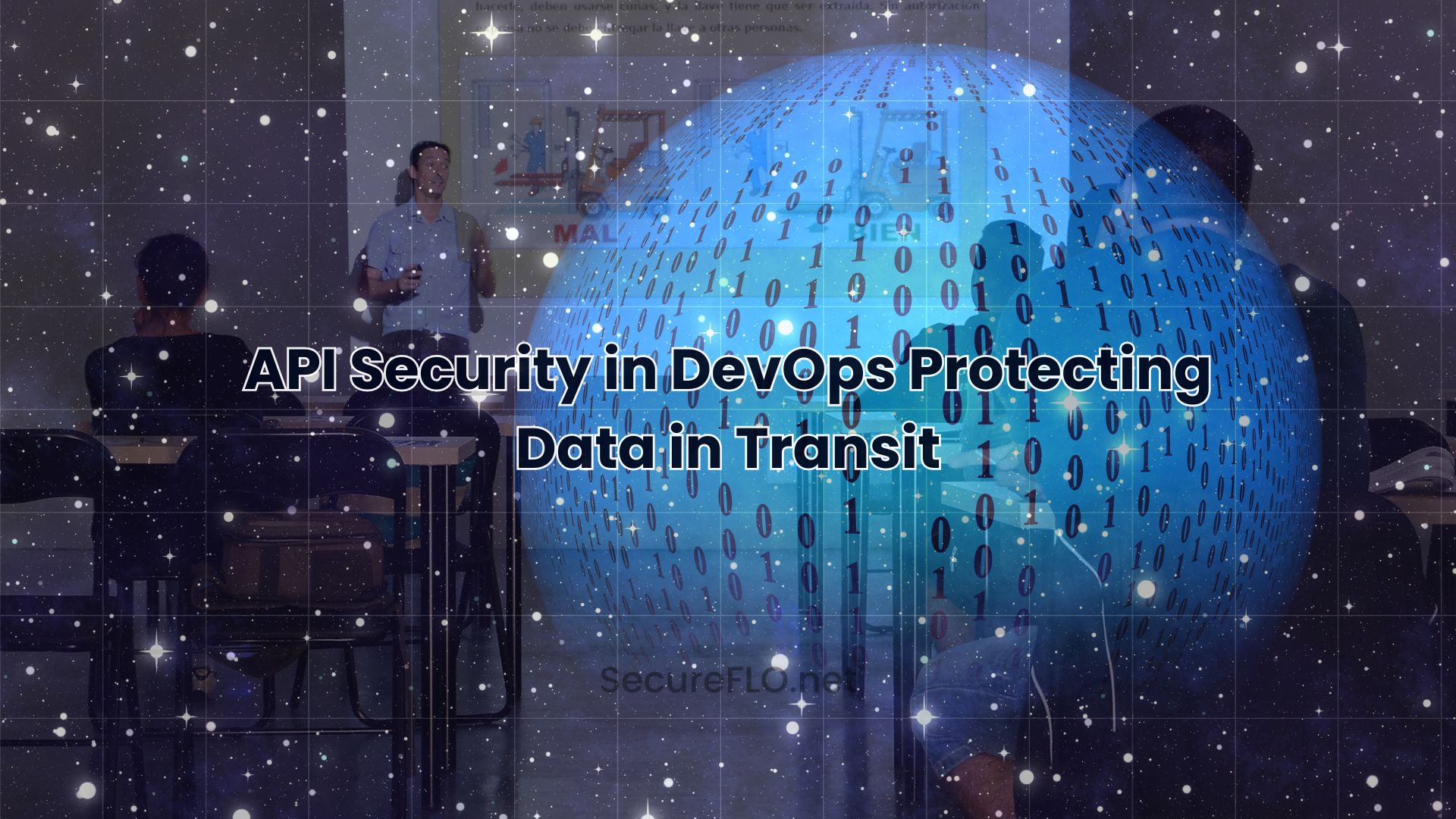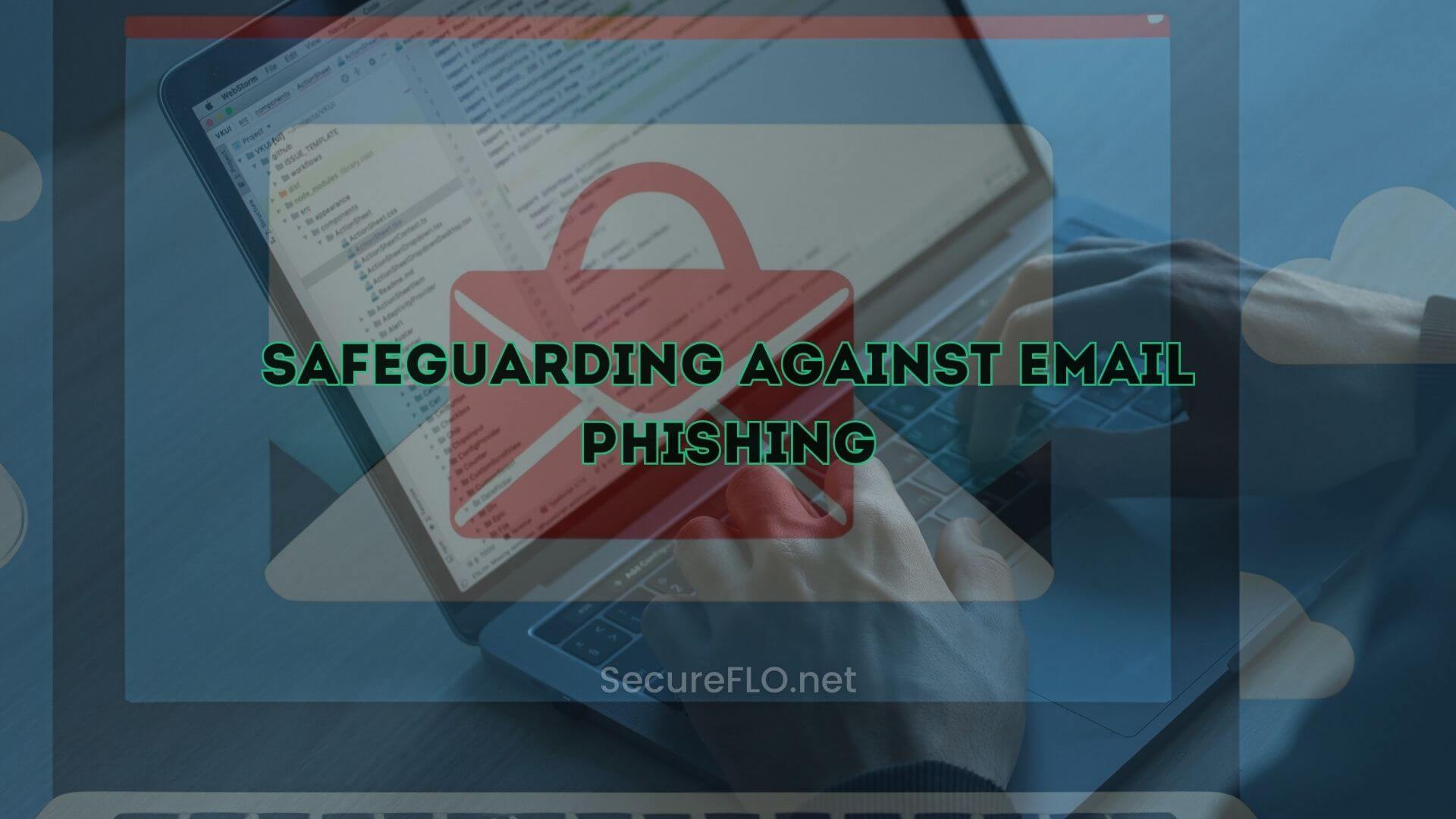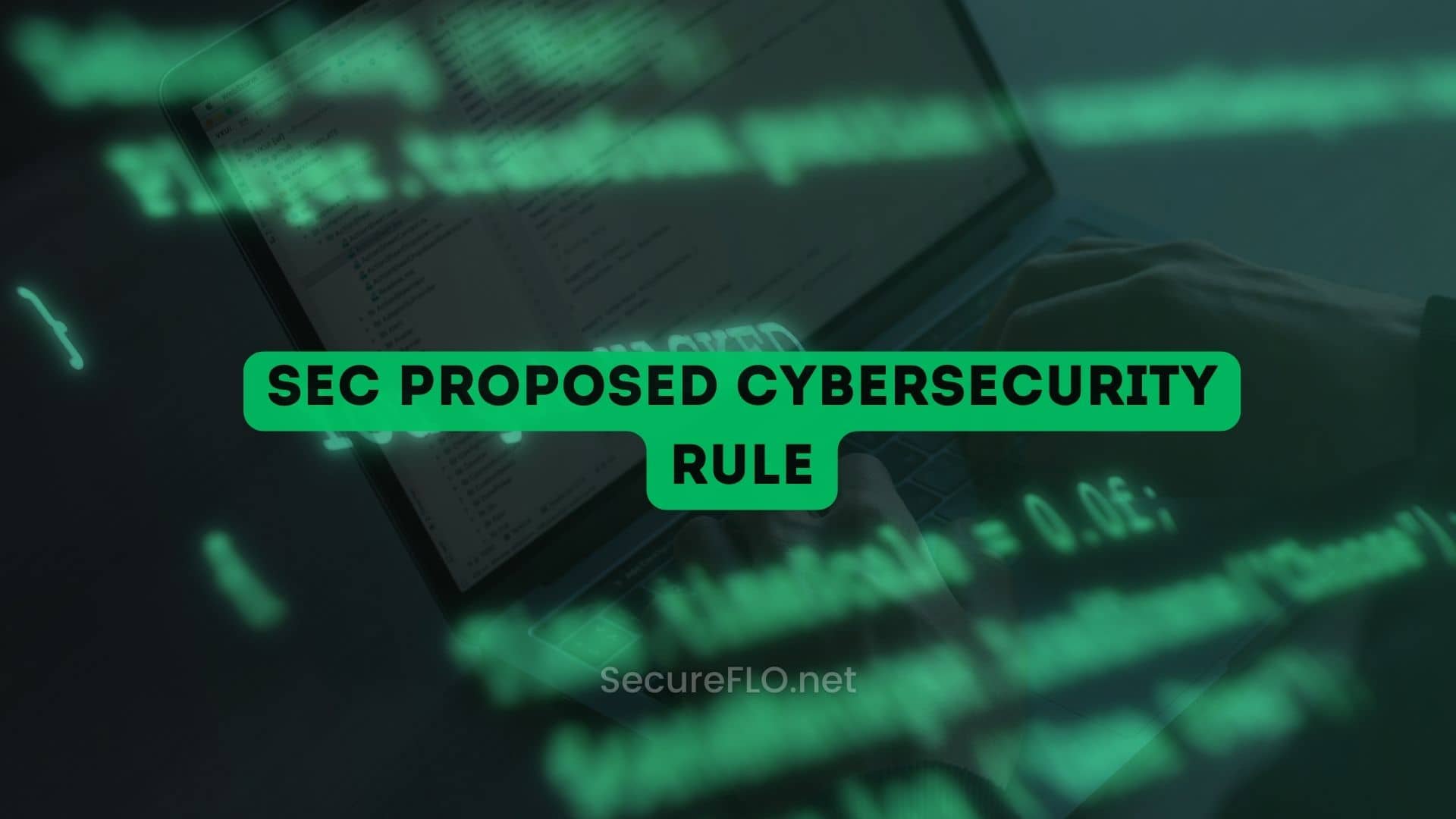









Hello Cybersecurity Enthusiasts,,
Welcome to the premier edition of Secureflo’s Cybersecurity Insight! As leaders in the digital defense arena, we’re thrilled to connect with forward-thinking companies like yours, navigating the complex world of cybersecurity together.

In today’s rapidly evolving tech landscape, mid-sized businesses face unique cybersecurity challenges. Penetration testing has emerged as a critical tool in identifying vulnerabilities before they can be exploited by cybercriminals. But are you harnessing its full potential?
Penetration testing goes beyond surface-level security assessments. It’s about proactive defense, simulating real-world attacks to uncover hidden weaknesses. For companies with 10 to 200 employees, this isn’t just an option; it’s a necessity to safeguard your digital assets and maintain trust.
At Secureflo, we don’t just conduct penetration tests; we provide a comprehensive cybersecurity ecosystem. Our tailored approach ensures that every aspect of your network is scrutinized, from endpoints to the cloud, giving you a 360-degree view of your security posture.
Secureflo is committed to empowering your team with the knowledge and tools to foster a security-first mindset. Our workshops, training programs, and ongoing support are designed to make cybersecurity an integral part of your corporate DNA.
Engage with us on LinkedIn to stay updated on the latest cybersecurity trends, insights, and success stories from companies like yours. Together, we can build a more secure and resilient digital future. Your Security is Our Success Let’s embark on this journey to cyber resilience. Contact us for a personalized consultation and discover how Secureflo can transform your cybersecurity strategy.
The Rising Cost of Cyberattacks
Cyberattacks are becoming more frequent, and the cost of these attacks is rising rapidly. In 2021, the average data breach cost was $4.24 million, which is expected to continue to increase. Cyberattacks can also lead to reputational damage, lost customers, and legal liability. The estimated average data breach cost in 2023 is $5.13 million.
The Importance of Cyber Resilience for Business Continuity
Cyber resilience is essential for business continuity because it helps organizations protect critical assets like data, systems, and processes. A cyber-resilient organization can maintain operations in the face of a cyberattack, even if some methods are disrupted. This can minimize downtime, protect revenue, and maintain customer confidence.
How to Develop a Cyber Resilience Strategy
Developing a cyber resilience strategy is complex, but it is essential for any organization that wants to protect itself from cyberattacks. A cyber resilience strategy should include several components, such as:
Cyber insurance can help organizations to manage the financial risks associated with cyberattacks. Cyber insurance can cover the costs of data breaches, cyber extortion, and other cyber-related losses.
The Future of Cyber Resilience
Cyber resilience is a continuous process, and organizations must constantly adapt their strategies to keep up with the evolving threat landscape. As new technologies emerge and cyberattacks become more sophisticated, organizations must proactively protect their systems and data.

Cyber resilience has become a critical component of business continuity in today’s ever-evolving digital landscape. This newsletter explores the importance of cyber resilience and how it can help organizations protect themselves from cyberattacks and maintain operations in the face of disruption.
Businesses depend highly on technology to operate and thrive in today’s interconnected world. However, this reliance also makes them vulnerable to cyberattacks, which can cause significant damage to their reputation, finances, and operations. Cyber resilience is an organization’s ability to anticipate, withstand, and recover from cyberattacks. It is not just about preventing attacks but also about being able to bounce back quickly and effectively when they occur.
The Rising Cost of Cyberattacks
Cyberattacks are becoming more frequent, and the cost of these attacks is rising rapidly. In 2021, the average data breach cost was $4.24 million, which is expected to continue to increase. Cyberattacks can also lead to reputational damage, lost customers, and legal liability. The estimated average data breach cost in 2023 is $5.13 million.
The Importance of Cyber Resilience for Business Continuity
Cyber resilience is essential for business continuity because it helps organizations protect critical assets like data, systems, and processes. A cyber-resilient organization can maintain operations in the face of a cyberattack, even if some methods are disrupted. This can minimize downtime, protect revenue, and maintain customer confidence.
How to Develop a Cyber Resilience Strategy
Developing a cyber resilience strategy is complex, but it is essential for any organization that wants to protect itself from cyberattacks. A cyber resilience strategy should include several components, such as:
Cyber insurance can help organizations to manage the financial risks associated with cyberattacks. Cyber insurance can cover the costs of data breaches, cyber extortion, and other cyber-related losses.
The Future of Cyber Resilience
Cyber resilience is a continuous process, and organizations must constantly adapt their strategies to keep up with the evolving threat landscape. As new technologies emerge and cyberattacks become more sophisticated, organizations must proactively protect their systems and data.

Dive into the critical takeaways from the cybersecurity landscape of 2023, equipping yourself with insights to strengthen your defenses and navigate the evolving threat landscape in 2024.
2023 was a year of constant vigilance for security professionals. Cyberattacks continued to evolve, targeting businesses, critical infrastructure, and even individuals with increasing sophistication. Yet, amidst the challenges, valuable lessons emerged, shaping our approach to security operations moving forward.
In this newsletter, we’ll explore some of the most crucial takeaways from 2023, equipping you with the knowledge to bolster your defenses and stay ahead of the curve in the ever-changing cybersecurity landscape.
Don’t let the lessons of 2023 remain unheeded. Take action today to strengthen your security posture, subscribe to our newsletter for ongoing insights, and visit our website for comprehensive security resources. Together, we can build a more resilient digital future.

As more and more DevOps teams employ API-driven development, it is more important than ever to assure API security. This newsletter will examine the best practices for securing data in transit between applications and services.
APIs are essential to contemporary software development. They enable communication between applications and external services, such as payment processors and social media platforms. However, malicious actors can also take advantage of APIs. If an API is compromised, attackers could steal sensitive data, disrupt operations, or even take control of applications.
API security is the responsibility of DevOps teams throughout the development lifecycle. This includes protecting data in transit between applications and services. This newsletter will discuss recommended practices for API security in DevOps, such as:
Encryption is one of the most effective methods for safeguarding data in transit. Encryption scrambles data so that unauthorized parties cannot read it. Numerous encryption algorithms and protocols are available, including Transport Layer Security (TLS) and IPsec.
DevOps teams should configure their applications and services to use HTTPS to encrypt data in transit. HTTPS is a secure version of the HTTP protocol that encrypts all transmitted data between client and server.
Authentication and authorization are essential for protecting APIs from unauthorized access. The authentication process verifies the authenticity of the user or application requesting API access. The commission determines if the authenticated user or application can execute the requested action.
Some authentication and authorization mechanisms, such as OAuth 2.0 and OpenID Connect, are available. DevOps teams should select authentication and authorization mechanisms suited to their particular requirements.
A web application firewall (WAF) is a security device to defend APIs against attacks. WAFs can filter and block malicious traffic, including SQL injection and cross-site scripting attacks.
Before deploying APIs, DevOps teams should employ WAFs to defend them from common attacks. In addition, WAFs can enforce API security policies such as rate limiting and IP address barring.
Monitoring APIs for suspicious activity is essential to detect and mitigate attacks quickly. DevOps teams should employ monitoring solutions to monitor API traffic and identify anomalies.
Monitoring solutions can also generate alerts when suspicious activity is detected. This enables DevOps teams to respond rapidly to attacks and minimize their impact.
Resources

Greetings Cyber Guardians!
In the dynamic realm of cybersecurity, knowledge is your ultimate shield. Welcome to the Secureflo Email Phishing Defense Newsletter, your portal to the latest insights and cutting-edge solutions in the fight against email phishing threats. Our goal: making cybersecurity engaging even for non-experts like you!
Rise of Sneaky Email Phishing: Brace yourselves! The digital world is buzzing with sneaky email phishing attacks. They’re like the chameleons of the cyber jungle, constantly adapting to bypass defenses.
Targeted Traps: Spear Phishing: Imagine a hacker crafting an email just for you, with your name on it! That’s spear phishing, the James Bond of hacking tactics.
Remote Work’s Achilles Heel: Working from home? So are cybercriminals! They’re capitalizing on remote work to up the email phishing game, hoping to catch you off guard.
Revolutionary Email Phishing simulationServices:
Yes, we’re not just your cybersecurity buddies; we’re the Avengers of digital threats! Our Email Phishing simulation service are your personalized shield against cunning cyber traps.
Exposing Stealthy Threats:
Our super-smart team dives deep into your email systems, exposing hidden threats that would otherwise go unnoticed. It’s like having a cybersecurity Sherlock on your side.
Guarding Against Email Phishing Siege:
At Secureflo, we’re all about empowerment. We point out the chinks in your email armor, empowering you to plug gaps and stand strong against email phishing chaos.
With Secureflo, you get:
Early detection of evolving email phishing strategies
Next-level email phishing protection
Defense against spear phishing stunts
Full-fledged email security armor
Stay Ahead of the Game: Be Cyber Smart
Don’t just survive; thrive in the digital jungle! Follow Secureflo on social media for bite-sized cybersecurity wisdom that’ll make you a cyber ninja.
In the ever-evolving email phishing landscape, Secureflo is your trusted lighthouse. Our mission? To arm you with the knowledge and tools to outwit cyber villains. No cape required!









